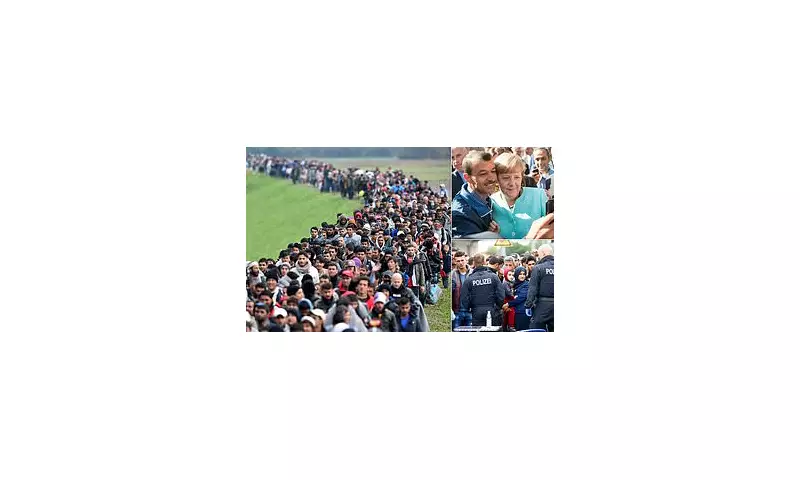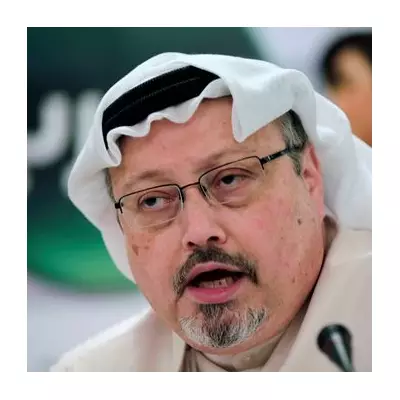
A decade on from the pivotal summer of 2015, Europe remains profoundly transformed by the unprecedented wave of migration that saw over a million people cross its borders. The continent's political landscape, social fabric, and very concept of open borders were irrevocably altered by what became known as the European refugee crisis.
The catalyst was German Chancellor Angela Merkel's historic declaration 'Wir schaffen das' ('We can do this'), which effectively opened Germany's doors. This decision triggered a chain reaction, with hundreds of thousands travelling from Turkey to Greece and then through Balkan nations toward Western Europe.
The Immediate Fallout: Borders Slam Shut
The initial humanitarian response quickly gave way to political turmoil. Nations across Europe began reinstating border controls in direct contradiction to the Schengen Agreement's principle of free movement. Hungary led the charge by constructing formidable border fences, a move soon replicated by other Eastern European countries.
The crisis proved fertile ground for populist movements. Alternative for Germany (AfD), once a fringe eurosceptic party, reinvented itself as an anti-immigration force and has become Germany's second-most popular party. Similar nationalist movements gained traction across the continent, from France's National Rally to Italy's Lega party.
Policy Overhaul: Fortress Europe Emerges
In response, the European Union underwent a radical policy transformation:
- EU-Turkey Deal (2016): A controversial agreement that effectively paid Turkey to prevent migrants from reaching Greek islands
- Frontex Expansion: The border agency's budget and personnel increased dramatically
- Offshore Processing Proposals: Discussions about processing asylum claims outside EU territory
- Strengthened External Borders: Increased surveillance and physical barriers
The Human Cost and Ongoing Challenges
Despite these measures, migration continues through dangerous alternative routes. The Central Mediterranean crossing from North Africa to Italy has become increasingly deadly, while humanitarian organizations continue to rescue migrants from perilous situations at sea.
The crisis also exposed deep divisions within Europe, particularly between Western nations that initially accepted refugees and Eastern European countries like Hungary and Poland that refused EU-mandated relocation quotas.
Today, the debate continues to dominate European politics, with governments struggling to balance humanitarian obligations with public concern about immigration's impact on social services and national identity. The events of 2015 serve as a powerful reminder of how quickly geopolitical events can reshape continents and redefine political realities for generations to come.





